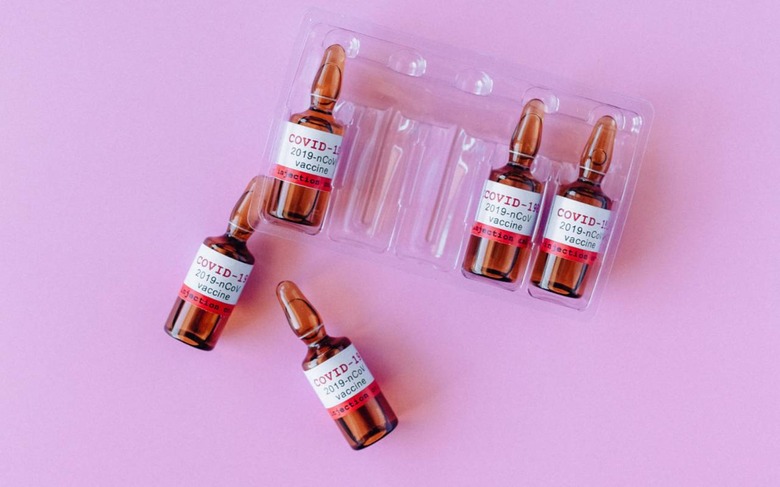Pfizer COVID-19 vaccine EUA submission - Timeline to doses
Pfizer's COVID-19 vaccine has been submitted to the US FDA for emergency use authorization, paving the way for use of the drug potentially as soon as mid-December 2020. The vaccine candidate, co-developed with German firm BioNTech, has indicated a 95-percent success rate in Phase 3 trials, with no signs of serious safety concerns or side-effects.
Indeed, as the trial concluded, efficacy of the vaccine candidate actually rose in the results. Pfizer had originally announced a 90-percent success rate earlier in the month, but when the final figures came in that had climbed by five points.
Of course, hitting the targets in clinical trials is only the first step. To actually get the vaccine out in general use, it needs to be approved. Normally, that would be a fairly lengthy, drawn-out process, but during the coronavirus pandemic there's a shortcut of sorts for viable candidates.
The US Food and Drug Administration's emergency use authorization (EUA) program has been used as a fast-track during the health crisis. Potential drugs or treatments still need to demonstrate efficacy and safety, but they can be deployed much more rapidly overall. That's what Pfizer and BioNTech have applied for today.
If approved, administration of the Pfizer vaccine – known as BNT162b2 – will be a two stage process. It's given as two doses, with a three week gap in-between injections.

However there are some challenges beyond just getting an EUA granted. Most significant is transporting the drug, which needs to be kept at markedly low temperatures in order to remain stable. Earlier this week, Pfizer announced it was undertaking a pilot program for distribution, selecting four states in the US – representing different challenges that broader transportation is likely to face – in order to test out its planned processes assuming the EUA comes through.
That includes a specially-designed shipper, which is temperature controlled to keep BNT162b2 in the right bracket. It can hold the drug at around -94 degrees Fahrenheit for up to 15 days, and is equipped with a GPS-enabled thermal sensor that tracks not only each shipper's location but its temperature throughout the journey. Once thawed out, Pfizer says, the vaccine can be stored in a refrigerator – between 35.6F and 46.4F – for up to five days.
"From the start of the research program earlier this year, Pfizer and BioNTech have successfully supplied and distributed their investigational vaccine to more than 150 clinical trial sites across the US, as well as Europe, Latin America, and South Africa," the companies pointed out today. "Based on their collective experience, the companies believe in their capability to distribute the vaccine globally upon approval or authorization."
From the point of that EUA being granted, BNT162b2 could begin distribution as rapidly as hours from authorization. Rolling submissions with international regulatory agencies outside of the US are also underway, including the EMA and the Medicines & Healthcare Products Regulatory Agency (MHRA) in the UK. More are due in the coming days.
As for production, Pfizer and BioNTech say they could have up to 50 million doses ready, globally, by the end of the year. The expectation is that EUA approval could come in mid- to end-December 2020. By the end of 2021, up to 1.3 billion doses globally are expected to be produced.
